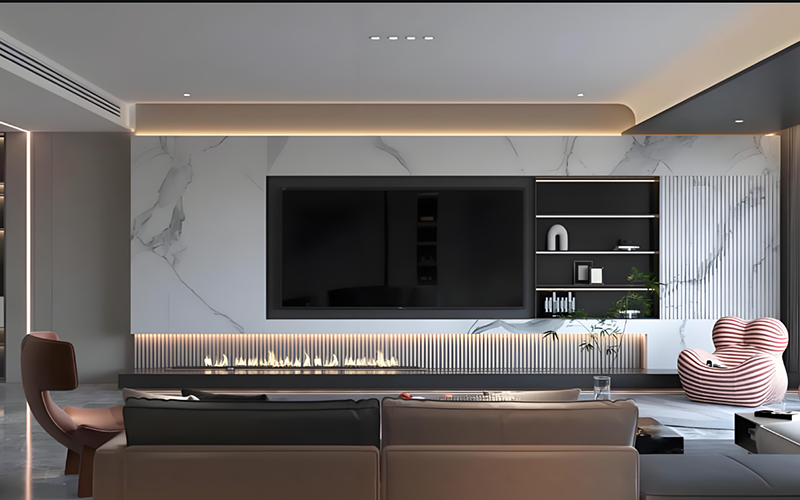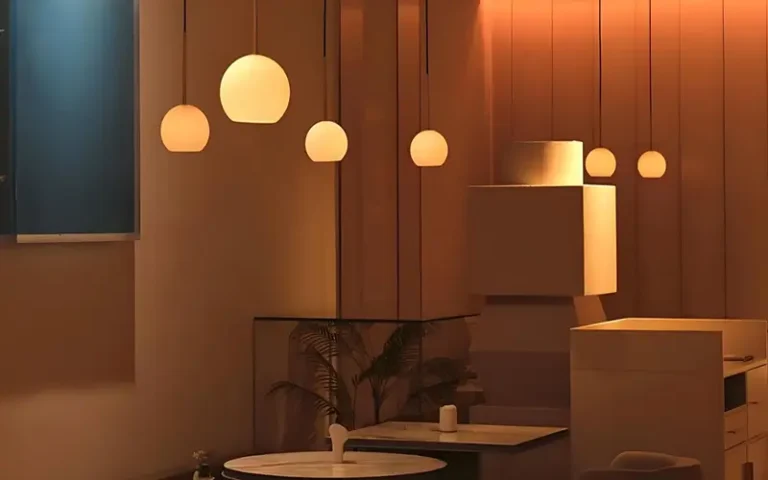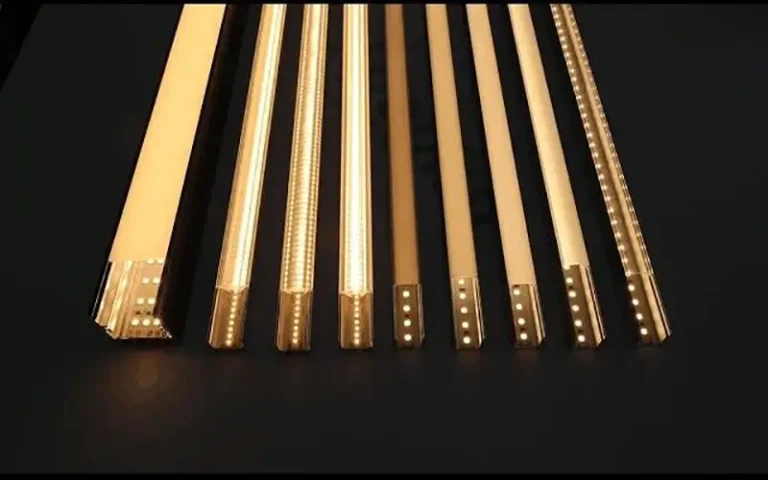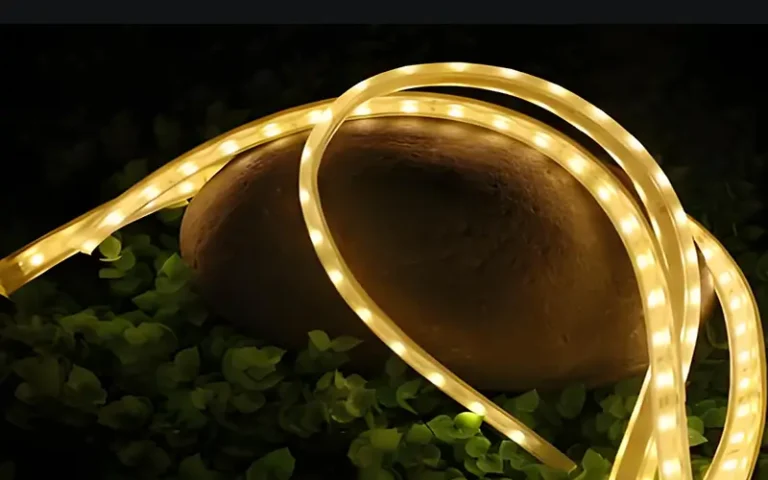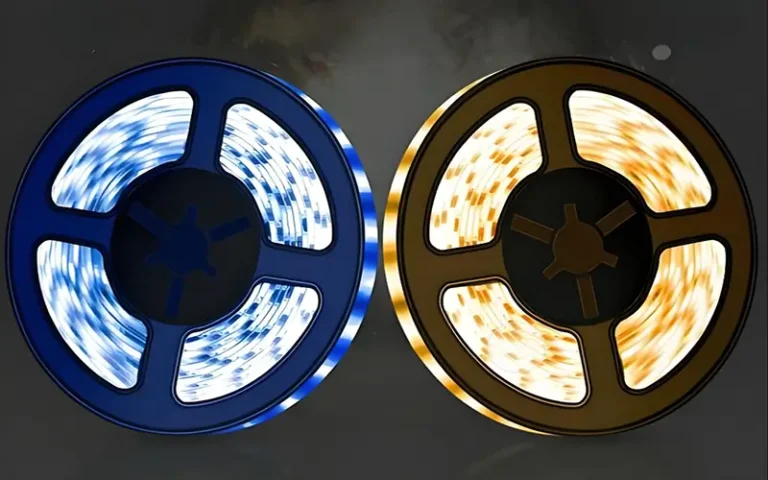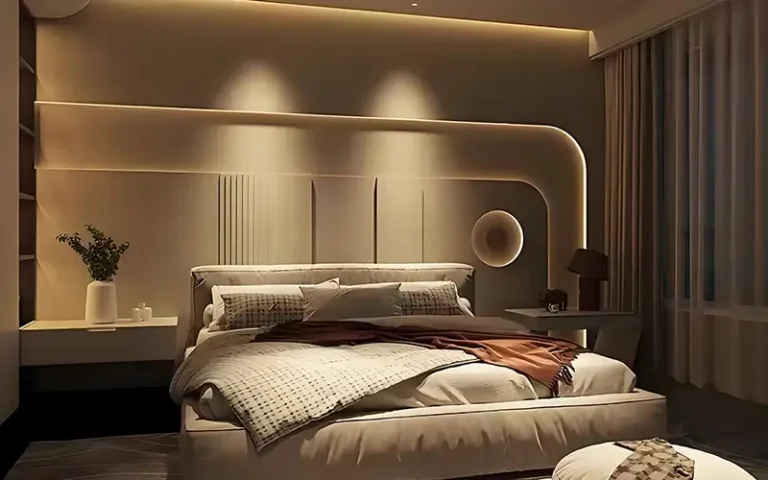3000K vs 4000K: Which Type of Lighting is Good for Home?
When we choose lighting, we have to mention the color temperature of the lamp. Color temperature is also a key point we need to pay attention to. 3000K vs. 4000K is one of the colors we struggle with the most. At the same time, the choice between 3000K and 4000K lighting can significantly affect the atmosphere and functionality of your space. Although it seems like a small detail, understanding the nuances of color temperature can help you create the perfect lighting solution for your needs.
Understanding Color Temperature
Color temperature is measured in Kelvin (K), which determines the warmth or coolness of light. A lower Kelvin temperature of 2700K produces a warmer, more yellow light, while a higher Kelvin temperature of 6500K produces a cooler, more bluish light. So 3000K vs. 4000K in detail as below:
3000K
This 3000K warm white light is often associated with traditional incandescent lamps. It produces a light that is perceived as warm and yellowish. It creates a cozy and inviting atmosphere, perfect for casual areas like bedrooms and living rooms.
4000K
This cool white light is similar to natural daylight. 4000K is a neutral white light that doesn’t feel yellow, but it also doesn’t feel too bright. It’s energizing and focused, making it a good choice for task-oriented spaces like kitchens, home offices, and garages.
3000K Lighting: The Warm Glow
3000K lighting offers a soft, gentle glow that can help to create a calming and relaxing ambiance. It’s perfect for:
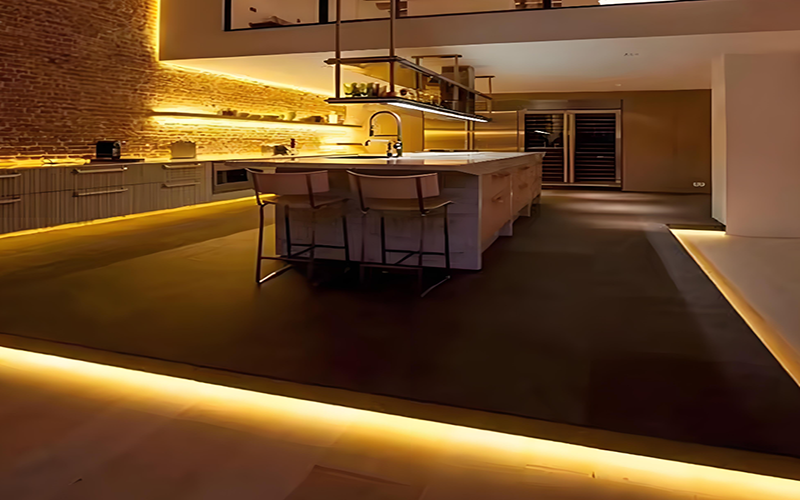
- Living Rooms: Living rooms are often chosen for warm color temperatures. This is because warm light enhances the comfort of a living room, making it the perfect place to unwind after a long day.
- Bedrooms: 3000K lighting creates a peaceful, sleep-friendly environment. This promotes relaxation and better sleep.
- Dining Rooms: Warm lighting can create a romantic and intimate atmosphere, perfect for family dinners and special occasions.
4000K Lighting: The Cool and Crisp
4000K lighting provides a bright, clear light that can improve focus and concentration. It’s ideal for:
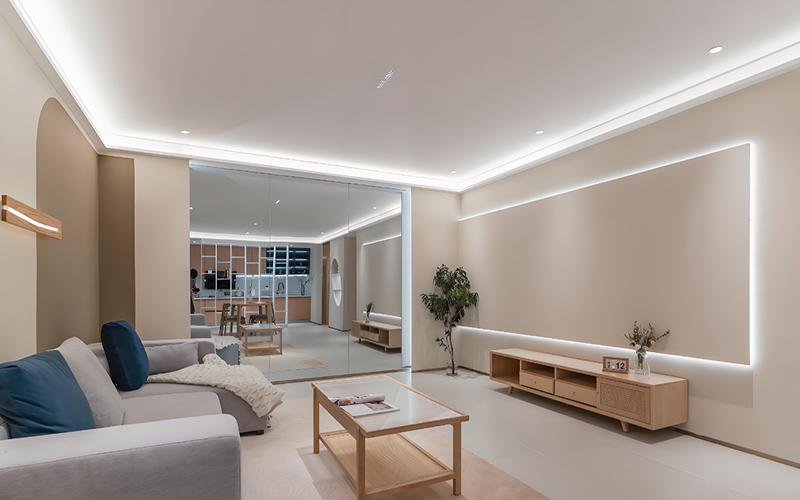
- Kitchens: 4000K is great for kitchens. The bright, cool light makes food prep and cleanup easier.
- Home Offices: 4000K lighting helps increase productivity and reduces eye strain during long work hours.
- Garages and Workshops: This type of lighting provides excellent visibility for DIY projects and other tasks.
Comparing 3000K vs. 4000K for Different Rooms in Your Home
It all depends on the decor and style of your house. If it’s vintage, warm colors are the main color. If it’s modern, a mix of warm and neutral white. Of course, choosing the right color temperature depends on the function and atmosphere of each room. Here’s a tips:
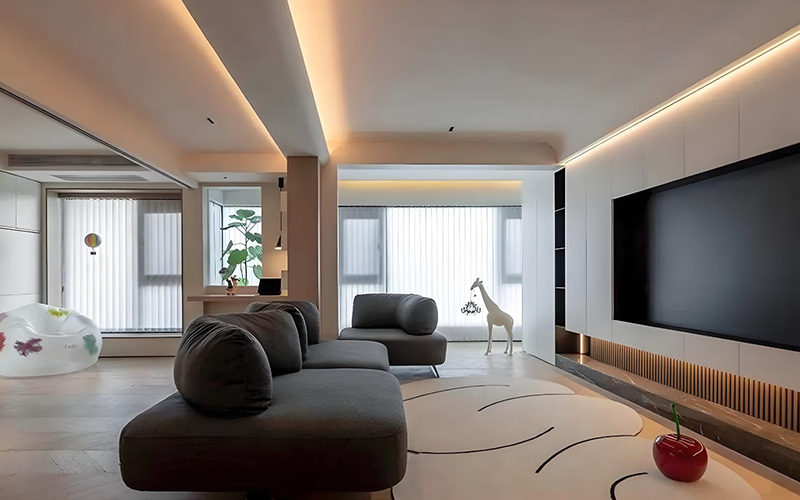
- Living Room: 2700K or 3000K for warmth and comfort.
- Kitchen: 4000K for task lighting and cleanliness.
- Bedroom: 2700K or 3000K for relaxation and sleep preparation.
- Bathroom: 4000K for precision and hygiene, so 4000k will better.
- Home Office: 4000K or 6000K to enhance focus.
By balancing these subtle differences in color temperature, you can ensure that every space in your home effectively serves its intended purpose. For home lighting, pls also read Should I Choose 3000K or 4000K for Home Lighting?
Is 4000K Brighter Than 3000K?
While 4000K lighting may appear brighter than 3000K, the actual brightness depends on the lumens (light output) of the bulb, not just the color temperature. The perception of brightness is influenced by the cooler tone of 4000K, which can seem sharper compared to the warm, subdued light of 3000K.
When comparing the two, consider the purpose of the room. Warmer tones feel softer and more ambient, while cooler tones provide greater clarity and energy.
Is 3000K vs. 4000K More Suitable for the Living Room?
For living rooms, 3000K is generally more suitable due to its warm and welcoming ambiance. This lighting encourages relaxation and creates a cozy environment perfect for unwinding after a long day.
However, if part of your living room is a study or work area. Then integrating some 4000K lighting can provide the necessary brightness for these tasks while maintaining overall harmony.
Factors to Consider When Choosing Between 3000K vs. 4000K
To determine the ideal color temperature for your home, consider the following factors:
- Room purpose and decor: Warm tones for relaxation, cooler tones for tasks.
- Aesthetic preferences: Match lighting to your interior design style.
- Natural light availability: Use warmer tones in low-light spaces.
- Personal Preference: Ultimately, the best way to choose the right color temperature is to experiment and see what works best for you.
When faced with the choice between 3000K and 4000K, these factors will help you achieve a cohesive and practical lighting plan.
Practical Tips for Using 3000K vs. 4000K Lighting in Home Design
The lighting design in a space must be a combination of multiple lamps and multiple color temperatures working together.
- Layer Your Lighting: Combine different light sources to create a dynamic and versatile lighting scheme.
- Dimmers: Use dimmers to adjust the intensity of your lights and create different moods.
- Accent Lighting: Use accent lighting to highlight specific features in your home.
- Natural Light: Maximize natural light by using sheer curtains and blinds.
- Consult a Lighting Professional: If you’re unsure about the best lighting choices for your home, consult a lighting designer or interior designer.
Are LED lights in 3000K and 4000K energy efficient?
Yes, both 3000K and 4000K LED lights are very energy efficient. They consume much less energy than traditional incandescent lamps and last much longer. In addition, LEDs are available in a variety of color temperatures, allowing you to choose 3000K or 4000K without compromising energy savings.
Which is Better for Outdoor Lighting: 3000K or 4000K?
For outdoor lighting, of course 4000K is usually preferred. This is because it is moderately bright and provides better visibility. There are many places where 4000K is needed, and it is perfect for security lighting, pathways, and garages. However, 3000K is also a great choice for decorative outdoor lighting, such as patios and garden areas, where a softer, more inviting light is needed.
Conclusion
Whether you choose 3000K vs. 4000K lighting depends on the style, functionality and atmosphere you want to create in your home. By understanding your specific needs, the layout of your home and how each color temperature affects the environment, you can create a harmonious lighting design.
ESSENLED is a leading supplier of high-quality LED strip and LED neon flex solutions. Our products are designed to enhance the atmosphere and functionality of your home.
FAQs
3000K lighting is considered a “warm white” and creates a soft, cozy, and warm atmosphere. 4000K lighting is a “cool white” and provides a more neutral, brighter light. They are completely different.
It depends on the purpose of the space and personal preference. 3000K is better for creating a relaxing, warm atmosphere, perfect for living rooms and bedrooms. However, 4000K provides a brighter, more neutral light, such as kitchens, work areas, or bathrooms.
You can use 4000K in the bedroom, it depends on your preference. However, we recommend that 3000K is a better choice for me if you want a cozy, relaxing environment. However, if you need to read before bed or work from home, you can use 4000K together.
We think 4000K is generally better for bathrooms. Because it provides a brighter, cooler light that mimics daylight, it helps with tasks like shaving, applying makeup, and grooming. However, if you prefer a warmer, more relaxing atmosphere, 3000K can work well in the bathroom, especially in areas like spas or bathtubs.

